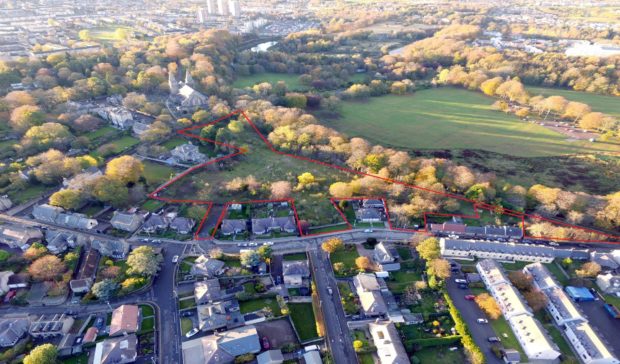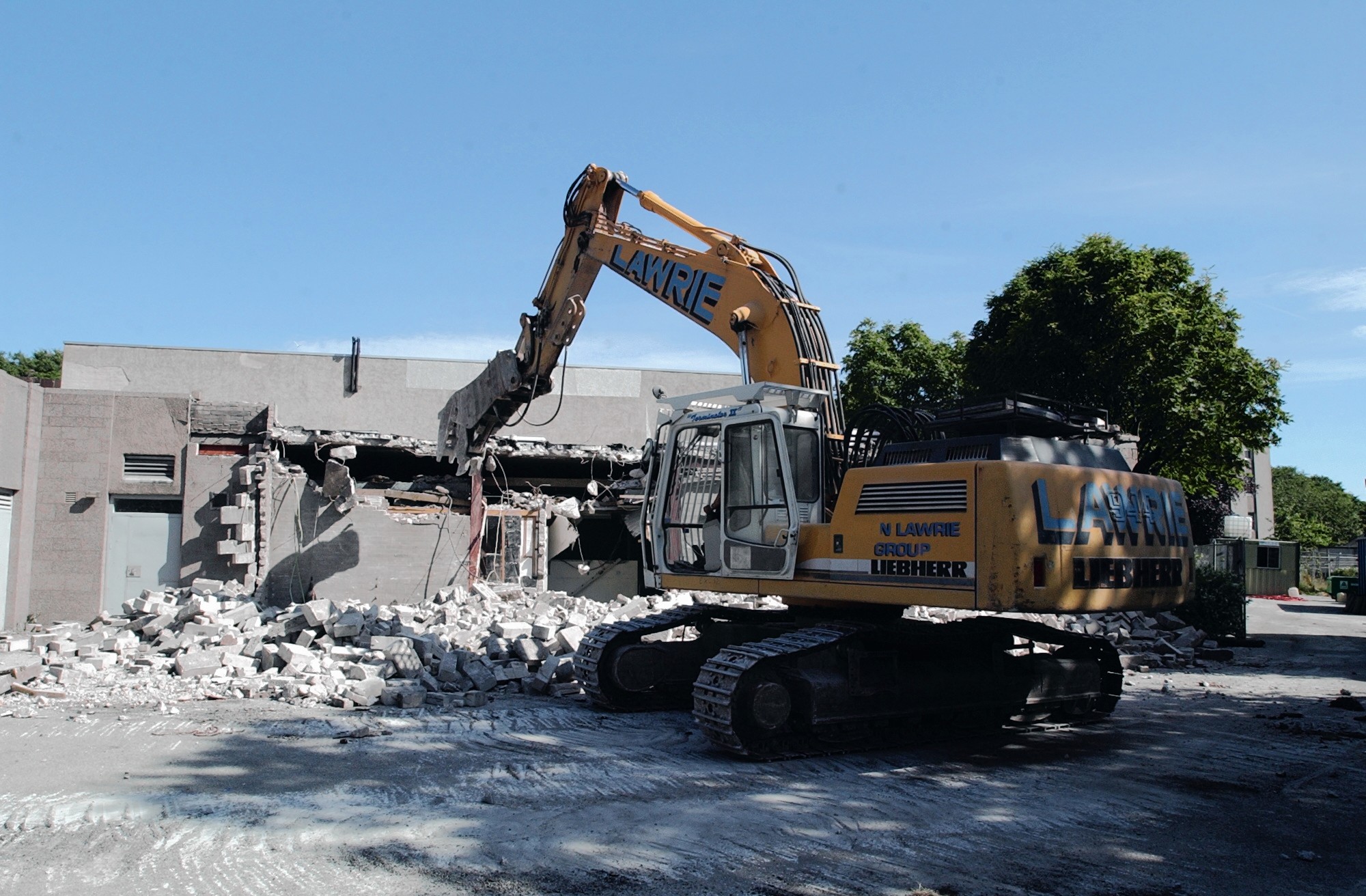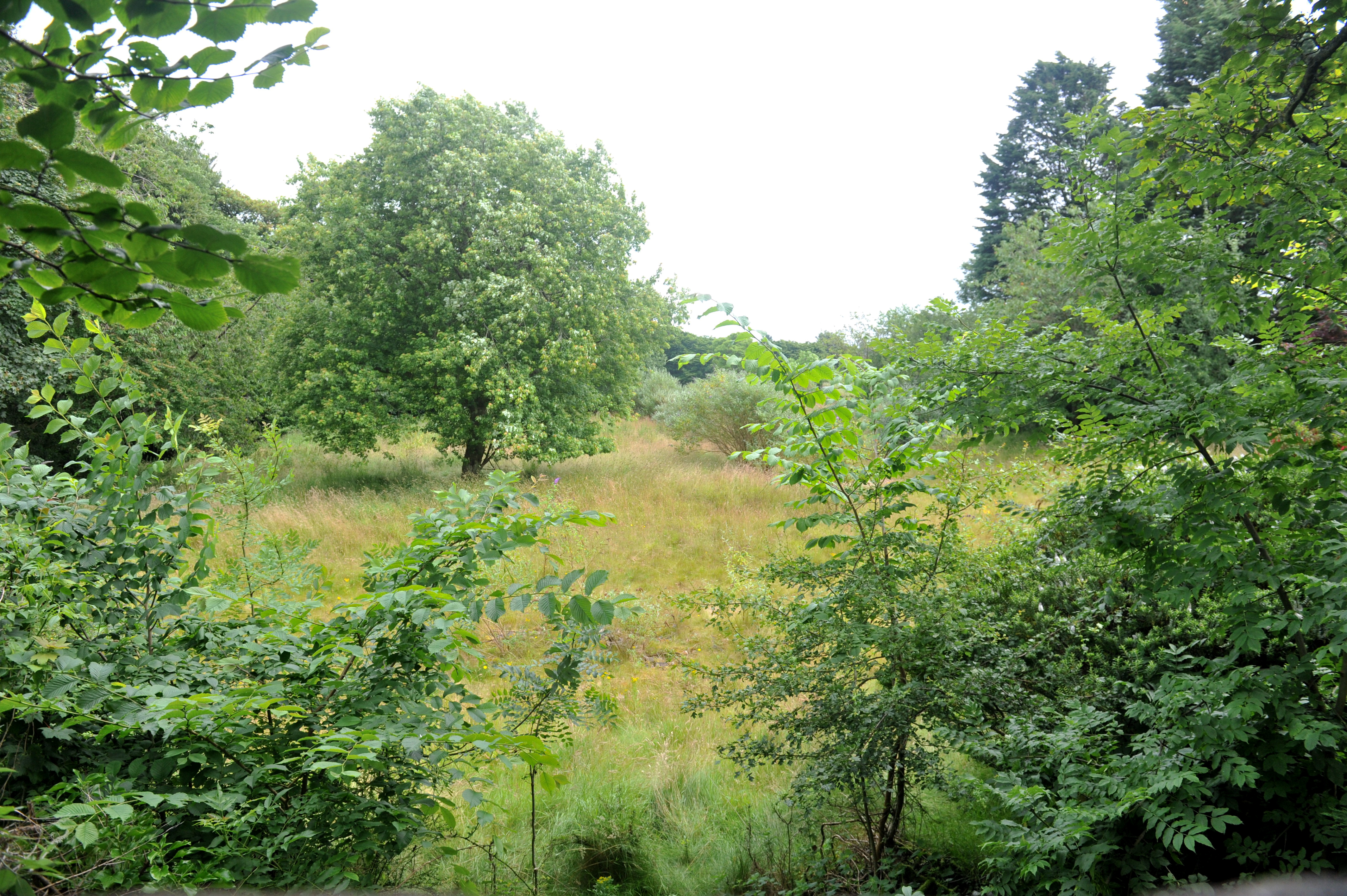A new chapter is on the cards for a historic area of Aberdeen.
A four-acre site off Don Street in Old Aberdeen – within close proximity to Aberdeen University – has been earmarked as a “rare development opportunity”.
It has lain vacant for more than a decade but sits amidst one of the city’s most sought after residential areas, where homes attract some of Aberdeen’s highest prices.
>> Keep up to date with the latest news with The P&J newsletter
The most recent focus has been archaeological as the site – facing on to Don Street and bordering Seaton Park and St Machar Cathedral – is steeped in history.
But Shepherd Chartered Surveyors, who have an office in Aberdeen, revealed last night the land has now been put on the market. They anticipate fierce competition.
Located within a conservation area, it previously accommodated the Dunbar Halls of Residence and had been used for educational purposes since the 1960s.
The halls were once home to around 270 students before being completely demolished in 2003.
Prior to that, the site was a known location of the palace of the medieval bishops of Aberdeen.
It was first erected in the early 14th century, destroyed in 1336 and rebuilt around 1459, before disappearing once more.
Ten trenches were excavated in 2005, in an effort to find evidence of the palace, with three ditches, two large rubbish pits and the palace’s wall eventually uncovered.
Very few finds – apart from window glass and medieval pottery – were made, with those behind the dig of the belief the site had been thoroughly robbed centuries before.
Future interest in the site is likely to centre on its potential uses.
Bosses at Shepherd Chartered Surveyors cite Don Street’s “excellent public transport” as one marketing point, while “shopping, health, sporting and social amenities are all available within close proximity”.
Chris Grinyer, managing partner at Shepherd in Aberdeen, said: “The site represents quite a unique opportunity given its location within Old Aberdeen.
“It offers great recreational opportunities with both Seaton Park and the beach only a stone’s throw away.
“As a result there is an opportunity to create a quality development in a special location.”


